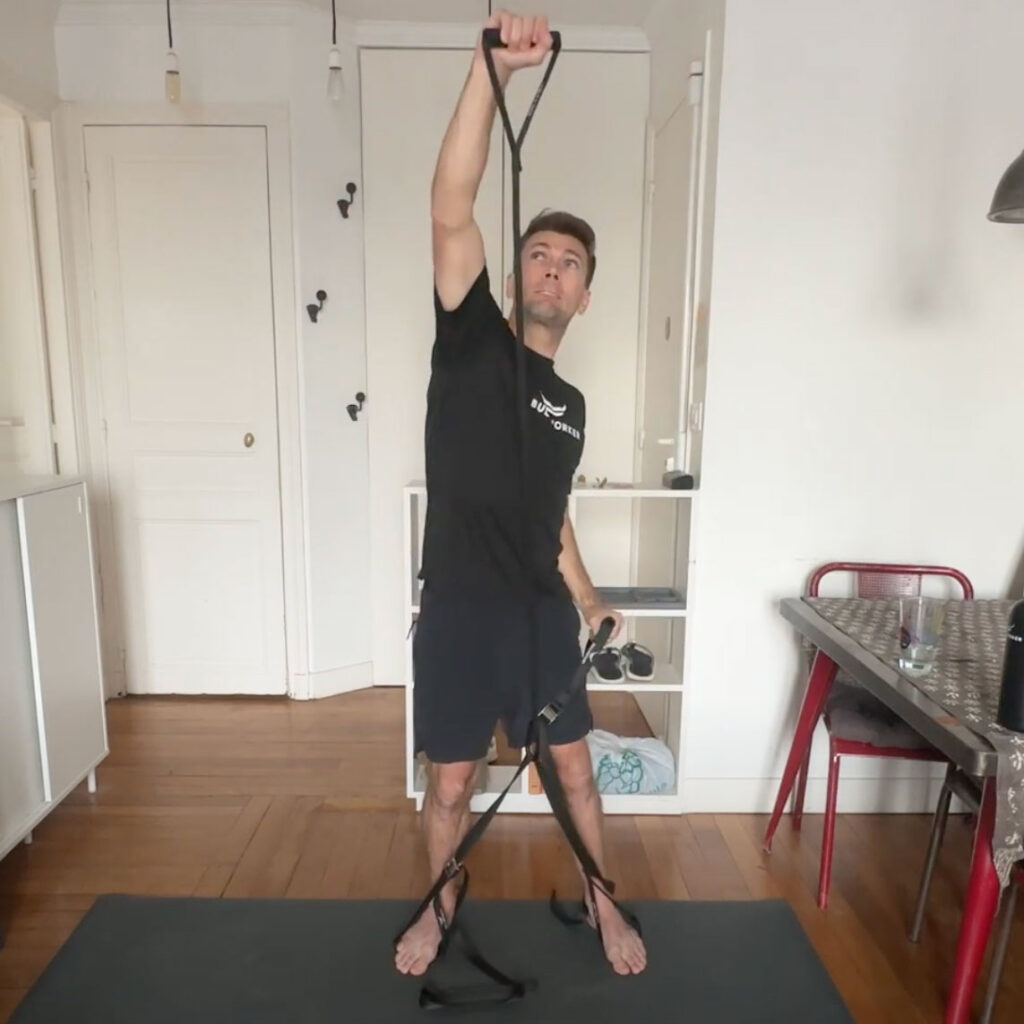Introduction to Nagging Shoulders
Nagging shoulders – a phrase often muttered by fitness enthusiasts and office workers alike. These persistent, uncomfortable sensations can disrupt daily life and hinder progress in the gym. However, achieving shoulder health is not just about alleviating discomfort; it’s about unlocking your full potential. In this article, we will explore the importance of blood flow, muscular balance, and postural training in maintaining robust shoulder health and addressing those nagging shoulder issues.
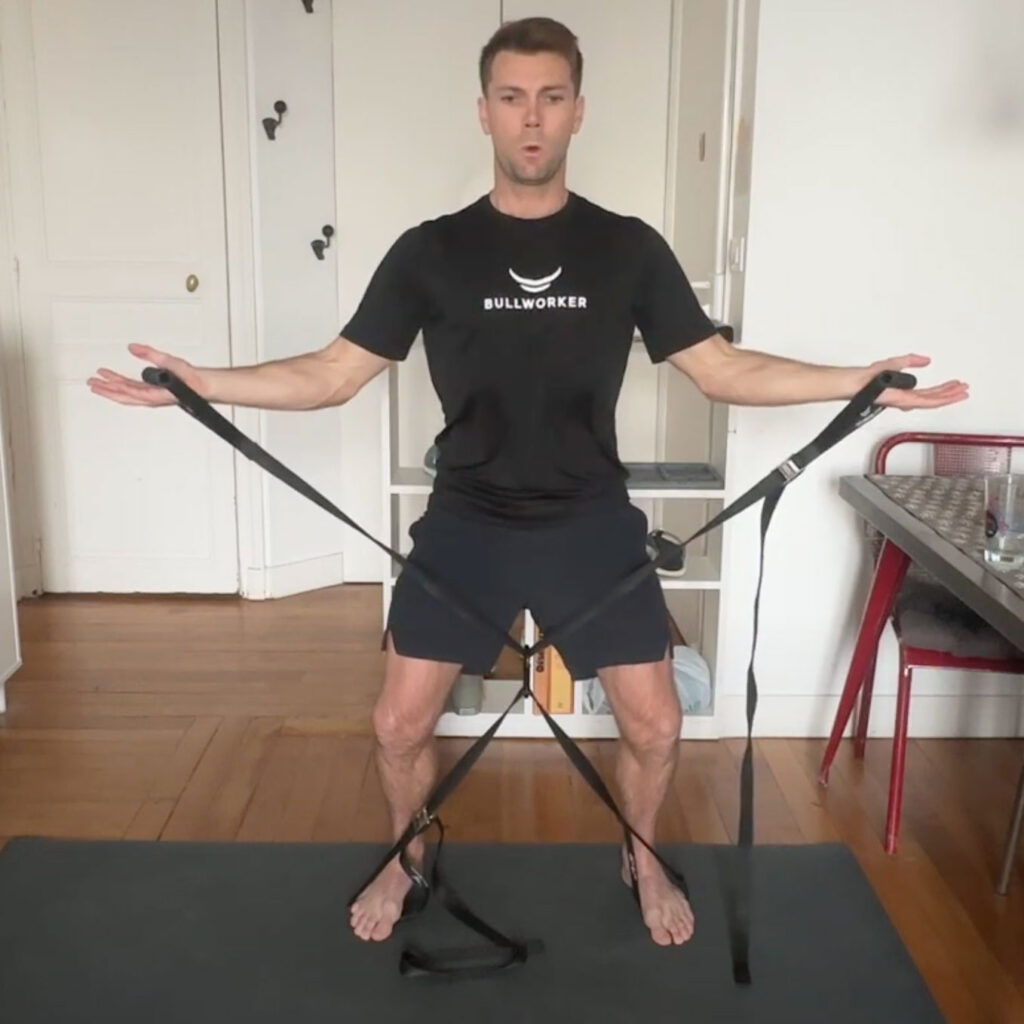
1. Blood Flow and nagging shoulders
When it comes to shoulder health, blood flow is the lifeline that fuels the muscles, tendons, and ligaments, ensuring their optimal function. Good blood circulation helps in delivering oxygen and nutrients to the shoulder complex, promoting efficient recovery and reducing the risk of injuries.
Nagging shoulders can suffer from poor blood flow, which can cause muscle tightness and impede the body’s natural healing processes. To enhance blood flow and help alleviate nagging shoulder discomfort, consider incorporating these practices into your routine:
- Warm-up and cool down: A proper warm-up and cool down routine before and after workouts can help increase blood flow to the shoulder area, reducing the likelihood of injuries.
- Mobility exercises: Incorporate shoulder-specific mobility exercises to promote blood circulation. Simple stretches, trigger point therapy, and rotations can work wonders in alleviating discomfort.
- Hydration: Staying adequately hydrated is vital for maintaining blood volume and circulation. Dehydration can hinder blood flow, increasing the risk of muscle cramps and tension.
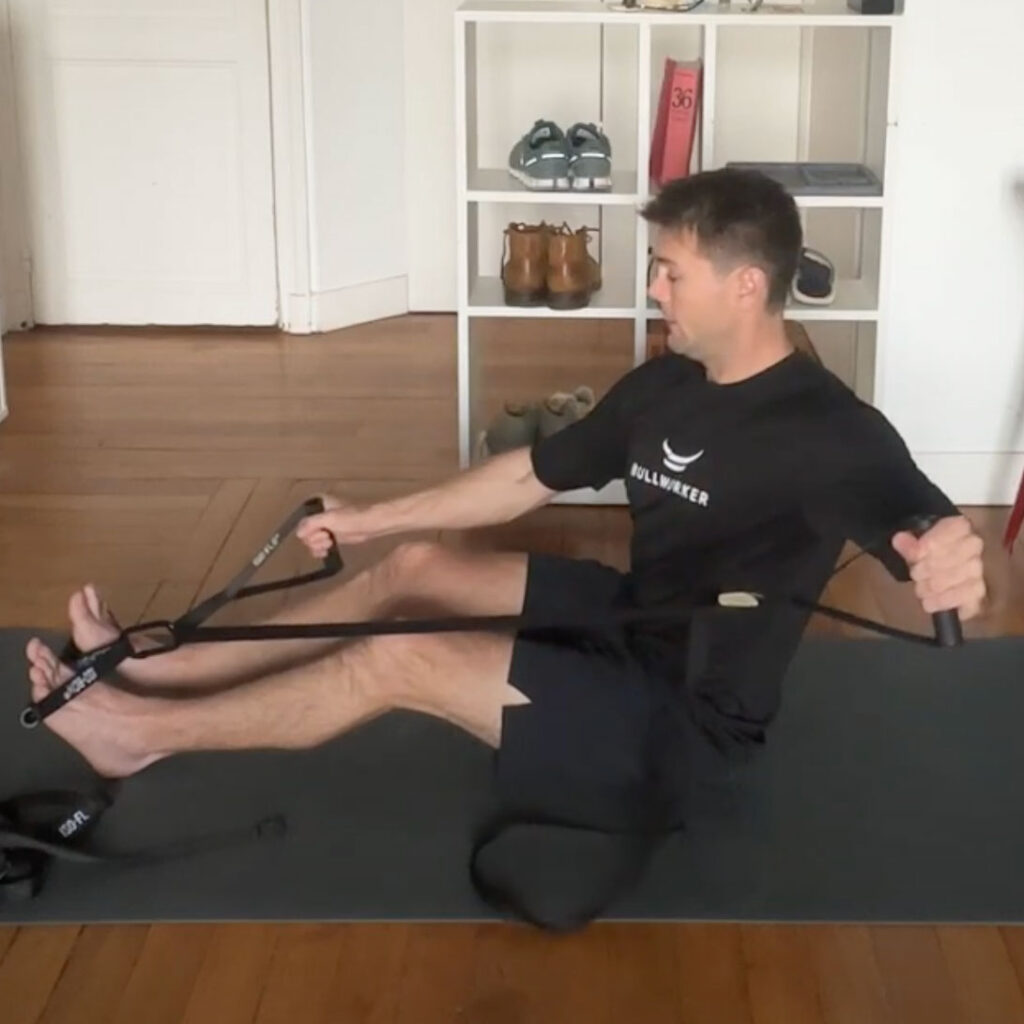
2. Muscular Balance: A Key to relieving nagging Shoulders
Muscular imbalances are often at the root of nagging shoulder issues. When some muscles are overdeveloped while others are neglected, it can lead to altered biomechanics and pain. Achieving muscular balance in the shoulder region is crucial for preventing nagging shoulder discomfort.
Here are key strategies to maintain muscular balance in the shoulders:
- Strengthening opposing muscles: For every set of muscles you work, ensure you’re also training their antagonistic muscles. For instance, if you focus on the chest, don’t neglect the upper back and rear deltoids.
- Rotator cuff exercises: The rotator cuff plays a vital role in shoulder stability. Incorporating exercises that target these muscles can help prevent nagging shoulder issues. Examples include external rotations and lateral raises.
- Functional training: Opt for functional movements that engage multiple muscle groups. This can promote balanced muscle development and reduce the risk of overuse injuries.
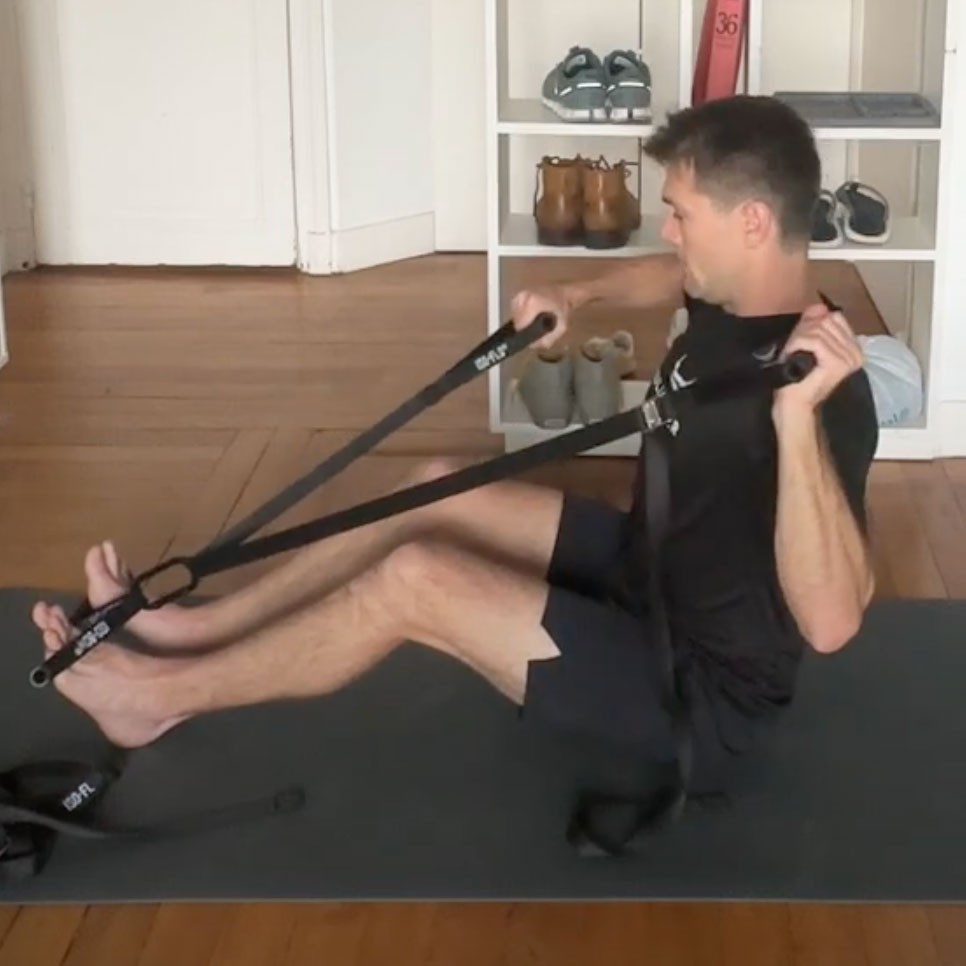
3. The Role of Postural Training for nagging shoulders
A significant contributor to nagging shoulders is poor posture. The modern sedentary lifestyle, coupled with hours spent hunched over screens, wreaks havoc on shoulder health. Postural training is a key component of proper shoulder training because it addresses the root cause of many shoulder problems.
Here’s why postural training is essential:
- Alignment and muscle engagement: Proper posture ensures that the shoulder complex is in an optimal position, reducing stress on the muscles and joints. Postural training helps to activate the right muscles for maintaining a neutral spine and shoulders.
- Prevention of impingement: Poor posture can lead to shoulder impingement, a common cause of nagging shoulder pain. Postural exercises can correct alignment issues and prevent impingement.
- Improved range of motion: By focusing on postural training, you can gradually improve your shoulder’s range of motion. This can alleviate discomfort and enhance performance in various activities.
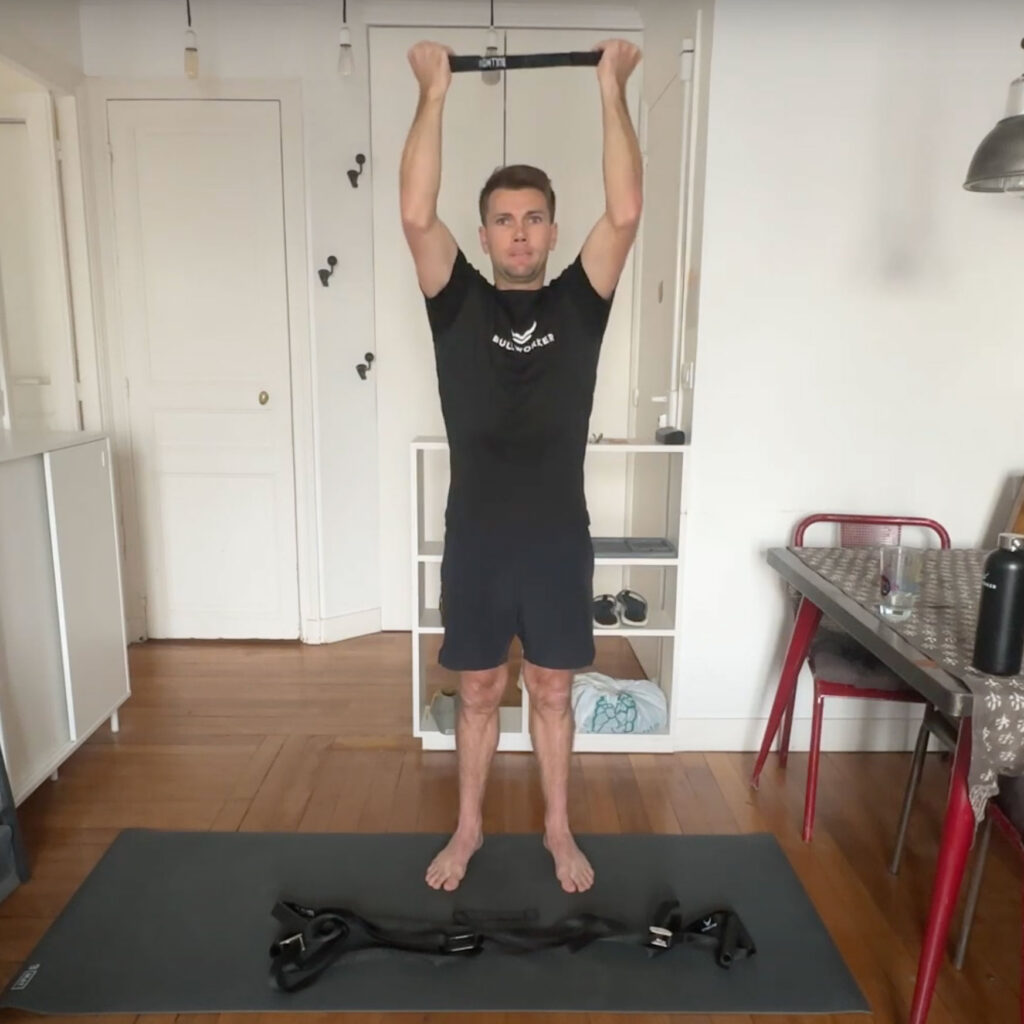
4. Exercises to Promote Shoulder Health
Now, let’s discuss some specific exercises that can help you maintain healthy shoulders:
- Face Pulls: These exercises target the rear deltoids and upper back muscles, helping to improve posture and muscular balance.
- Reverse Flys: Reverse flys help strengthen your posterior deltoids which are a critical part of your shoulder. If you notice your shoulders round forward, this could be a sign you need to target your rear delts more.
- Supinated I’s: This exercise promotes shoulder mobility and alignment by training your scapula, shoulders, and upper back with a focus on postural development.
- External Rotations: Using your ISO-FLO, external rotations target the rotator cuff muscles and help prevent nagging shoulder issues.
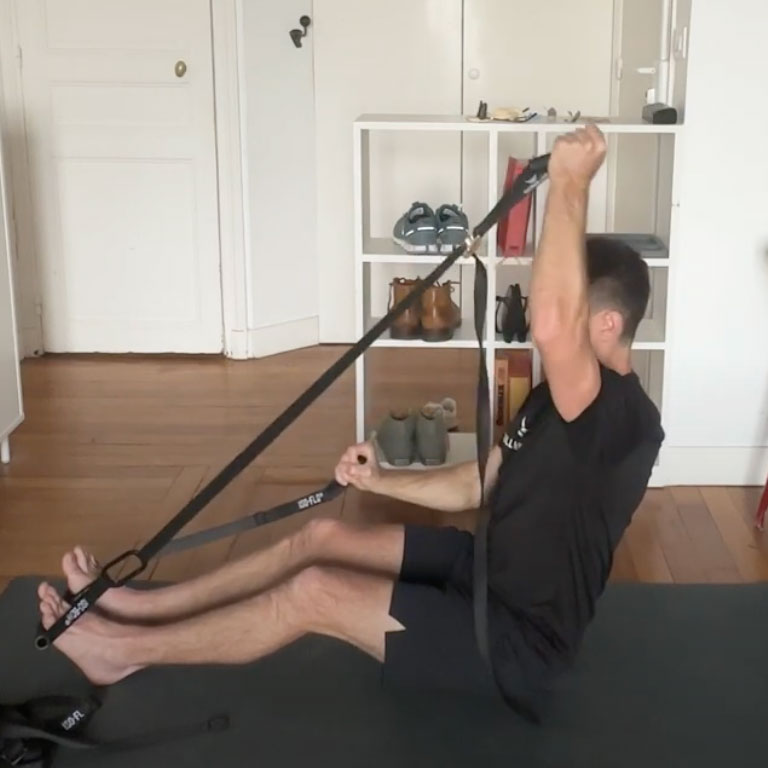
Conclusion
Nagging shoulders need not be an inevitable part of your life. By understanding the importance of blood flow, muscular balance, and postural training, you can unlock the full potential of your shoulders and prevent discomfort from disrupting your daily activities and workouts. Remember, a proactive approach to shoulder health can lead to a pain-free and thriving future. So, get started today and reap the benefits of robust and pain-free shoulders!
